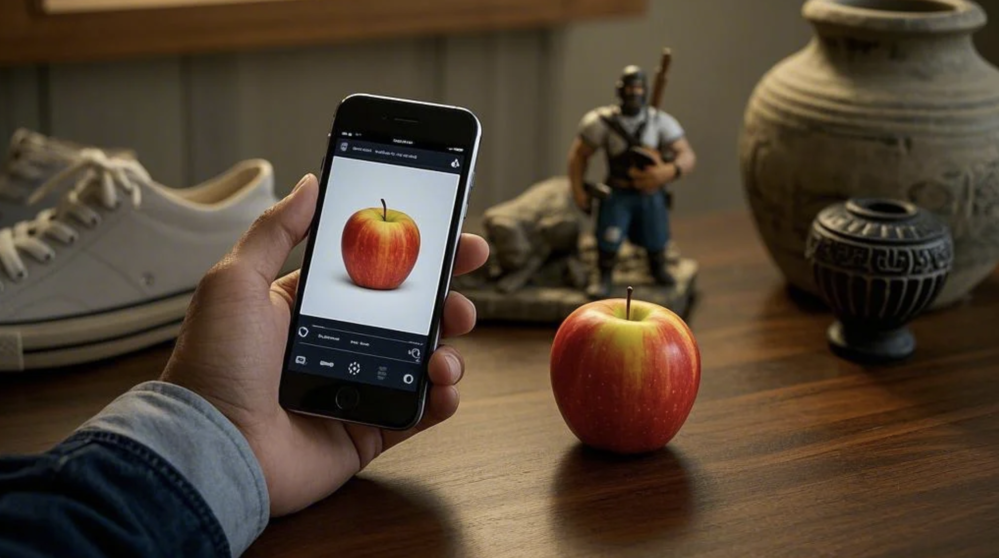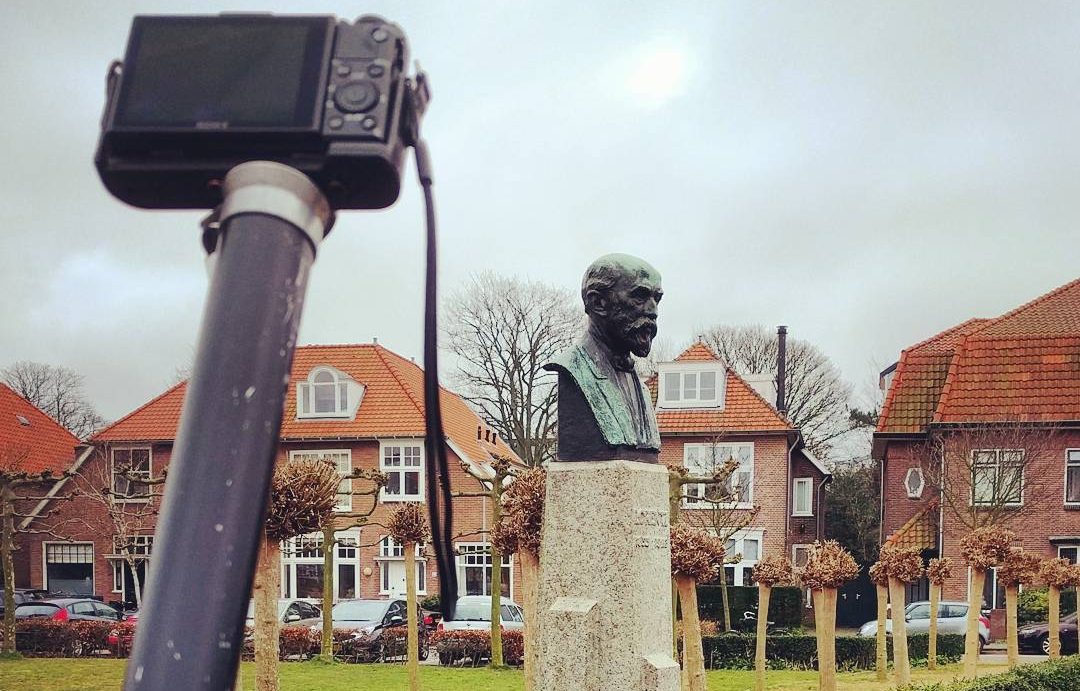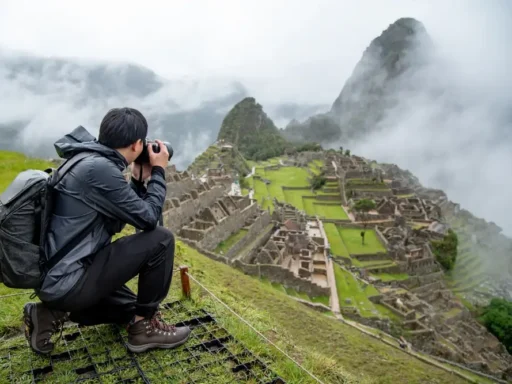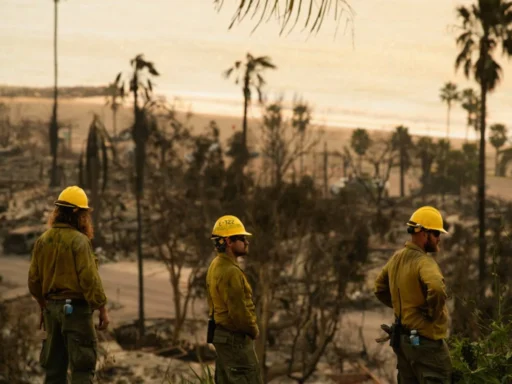Update: 29.01.2025
Before the invention of smartphones and tablets, 3D scanning was used almost exclusively by professionals. But now pretty much anyone can access the technology by simply downloading one of the many available apps, pointing their device at an object, and hitting scan.
As the iOS and Android app stores have matured, smartphone 3D scanning has also evolved. No longer limited to the making of fun avatars, it now allows for the creation of 3D models with proper use cases in interior design, e-commerce, and the video game industry.
The big question is this: Just how far can you go with smartphone 3D scanning? Let’s take a look at what you can achieve with the best handsets and apps on the market today.
Create virtual avatars
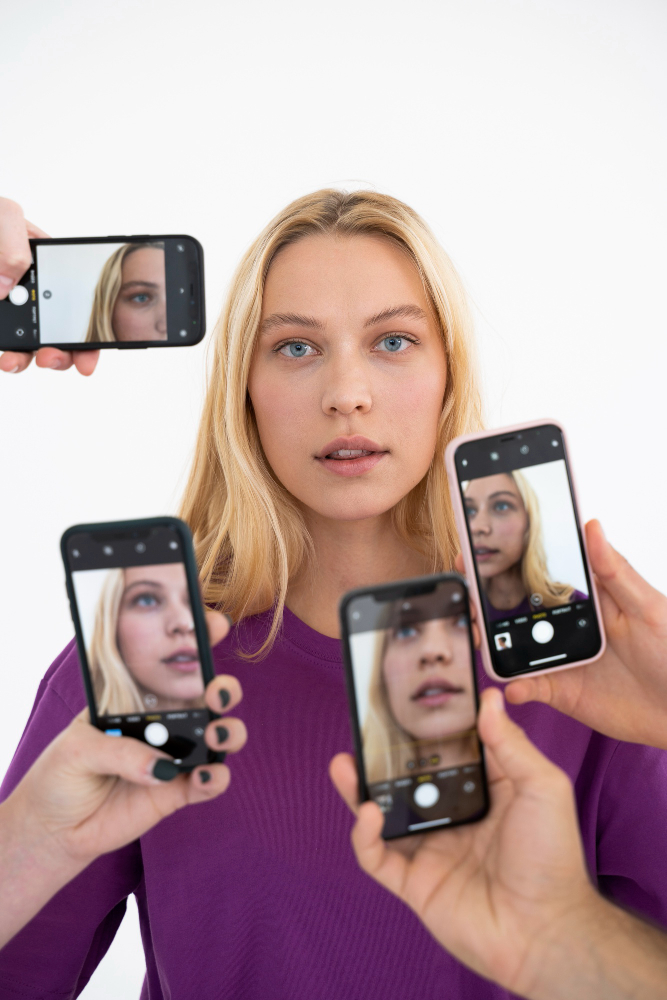
We’ll start with one of the first things people tend to scan with their phone: other people. Let’s face it, creating digital versions of friends and family is above all else… fun.
Scanning people is more complicated than objects, because we naturally move. But it’s still easy enough to do – and if you follow a few rules, you can even get relatively high-quality results. Try to ensure the person you’re scanning is evenly lit. Removing items like glasses and tying back loose hair is also advised for capturing facial details.
Once you’re set up, it’s simply a case of trying to scan people from all angles at a uniform distance. Sitting people down and getting them to focus on a single point helps prevent unwanted movements. You can access a complete 3D body scanning guide here, but the process itself is intuitive and possible with most popular apps.
That could be with a general purpose app like Scaniverse and Polycam or a more focused 3D data capture solution such as Artec Studio. Traditionally a 3D scanning software, it now features AI Photogrammetry. This breakthrough algorithm allows users to capture anything from people to objects and entire scenes using only their smartphone – with incredibly realistic results.
There are also dedicated avatar capture apps like MyFit, designed for customizing clothing items and taking medical measurements. You can even go beyond avatars, fashion, and healthcare with ‘selfie’ 3D models. These allow you to enhance your presence in the Metaverse, or network and play games online as yourself via apps such as VR Chat.
Digitize & sell products online
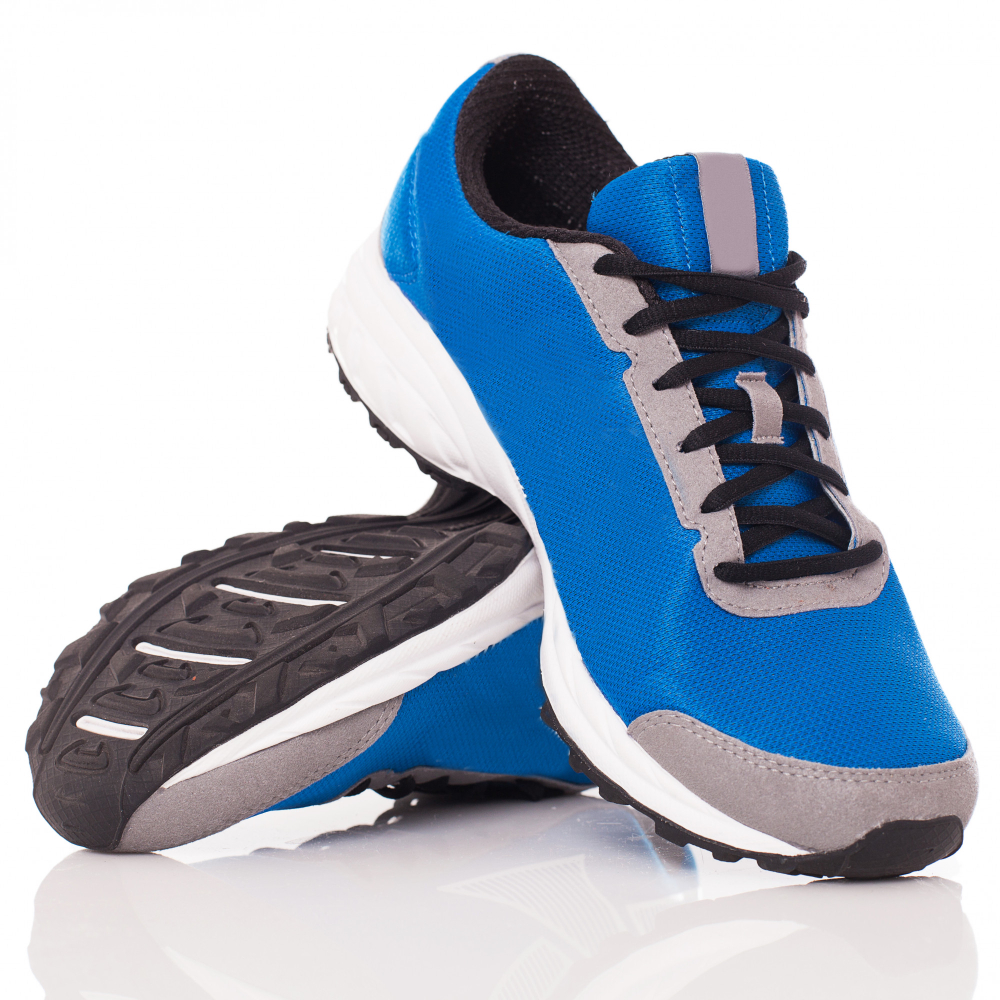
Have something to sell? Smartphone 3D scanning offers an incredibly easy way to create 3D models of products for listings. In fact, this is the technology’s trump card – it’s not great at picking up geometry data, but it’s excellent at texture capture. As such, resulting models won’t have a lot of substance, but they’ll still be lifelike, and that’s all you need here. Apps like Trnio, KIRI Engine, and WiDAR all feature 4K texture support, so they’re definitely worth considering.
As with people scanning, you’ll also want to optimize product lighting and ensure capture uniformity. Of course, static items aren’t going to blink or budge, but they can be easier to digitize with a turntable – so if you sell a lot online, it might be worth investing in one.
Not just for selling products on eBay or Facebook Marketplace, smartphone 3D scanning is a great low-cost tool for digital advertising in general. The developer of 3D Scanner App, which captures models using the LiDAR technology built into many iPhones, markets its technology as a way of creating lifelike food menus – a mouthwatering prospect!
Design interior spaces
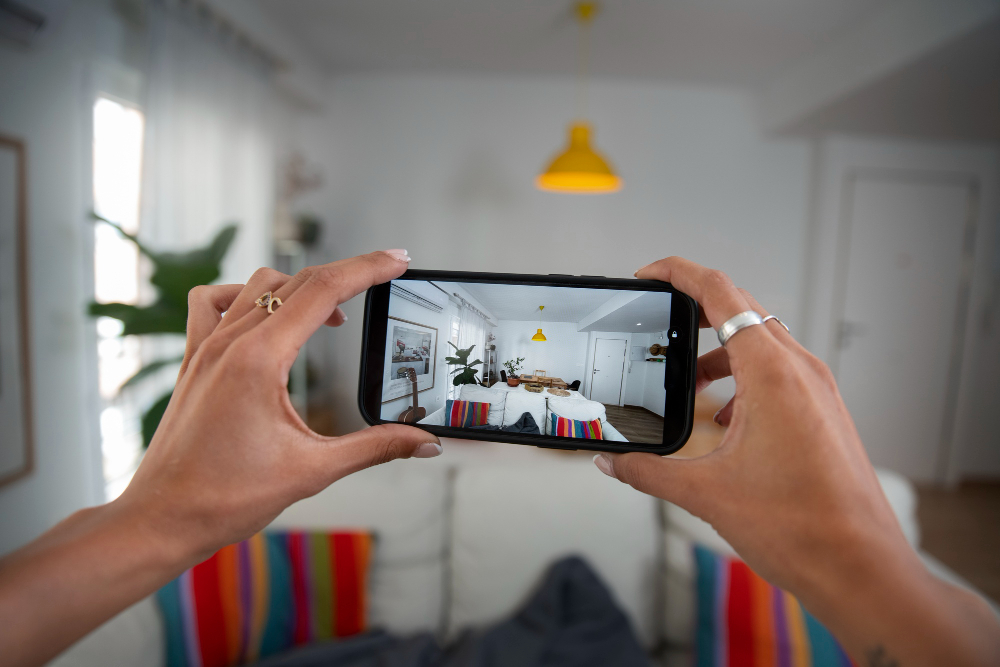
3D scanning apps are also becoming a popular means of digitizing rooms and properties. Most are designed for taking 360-degree videos, but some do offer 3D modeling functionality.
You can 3D model interior spaces with general purpose 3D scanning apps or use custom alternatives. Canvas, for example, features a stripped back UI and dedicated scan-to-CAD service for architects and design professionals. Meanwhile, those working in construction should check out Metaroom, another LiDAR scanning app with close BIM software integration.
Using 3D scanning apps, it’s also possible to create highly textured furniture 3D models, ideal for digitally designing the interior of a room without having to move heavy items in-person.
Our advice for 3D scanning rooms or buildings? Once again, ensure even lighting and clear your scanning route of obstructions before you begin. LiDAR capture may seem more intuitive here, but you can achieve excellent results with photogrammetry too. Just make sure that you capture areas from all angles (and multiple positions) to create the required photo overlap.
Make video game 3D models
One of the more exciting professional applications of 3D scanning apps lies in video game modeling. You may need to use other software like ZBrush or Blender for mesh optimization, but you can definitely start the process by capturing objects with your smartphone or tablet.
As mentioned earlier, AI Photogrammetry lets you capture models of all shapes, sizes, and complexities. This makes it a great starting point for video game modeling, whether in the creation of props, characters, or wider environments. Though the feature itself is new to the market, it already delivers photorealistic models perfect for immersive video games.
After tidying up and reducing mesh poly-count (making life easier when exporting to game engines later on) you can pretty much follow a standard workflow. This means UV mapping (mapping textures), rigging, and animation. Check out this video game modeling guide for more detail, but resulting designs are usually easy enough to export to Unity and Unreal Engine.
3D Gaussian Splatting, an emerging technology covered in our Future of CGI feature, also allows for the creation of ultra-detailed, lightweight assets. Polycam and KIRI Engine already offer general purpose gaussian splatting features – while Volinga, a dedicated VFX, TV, and entertainment software, exports gaussian splatted models directly for game design.
At the moment, the industry is still getting to grips with Gaussian Splatting. But it’s predicted that the technology will catch on in a big way, so watch this space!
Preserve heritage sites
Lastly, smartphone capture is increasingly being used for preservation. As part of the Scan the World initiative, 3D scanning has long been utilized in monument capture and 3D printing. However, in places like Ukraine, the technology is now being deployed with greater urgency.
As Russian troops continue to shell Ukrainian targets indiscriminately, more and more cultural treasures are being put in the firing line. That has led to the roll-out of projects like 3D Heritage, which provides free photogrammetry services to those preserving endangered heritage sites.
Initiatives like these offer great support when it comes to scanning old statues and other structures. But there’s no reason you can’t use any photogrammetry app to achieve the same results. With this technology, it’s even possible to make heritage site and gallery ‘virtual tours,’ which not only preserve artifacts, but allow them to be viewed anywhere in the world.
How to choose a 3D scanning app
Okay, so we’ve named a number of handy apps in our breakdown. How do you know which is the best for you? Luckily, many are free to a certain point (usually this means not being able to export files of a certain size or number). But trials often give you a good idea of how they work.
With Artec Studio, for instance, you can download a free trial and experiment with AI Photogrammetry – it works with any photo or video data, so anyone can give it a try.
For full access, you’ll have to pay for a premium version. Pricing often varies depending on your software’s capabilities. While Polycam is $150 per year, Canvas is priced per square foot of the resulting CAD model, and Artec Studio costs a bit more – due to its in-depth feature set.
Alongside price, compatibility is also important to consider. While LiDAR apps will only work with certain iPhones, photogrammetry ones are open to all. Then there’s functionality – if you’re a pro user, look for industry-relevant features like complex mesh editing and AR – as well as export file type, which will determine where you actually put captured data into practice.
That being said, all this serious talk shouldn’t dampen your enthusiasm for smartphone 3D scanning. Super-advanced data capture for reverse engineering and inspection still requires a dedicated, professional-grade device. But making most everyday 3D models is easier than ever before, so don’t be afraid to get involved. Download an app and start 3D scanning today!

